
AU will soon be celebrating its 100th anniversary. Since its foundation in 1928, the university has evolved from 78 students to approx. 38,000 students today.
Scroll down to learn more about AU's history.
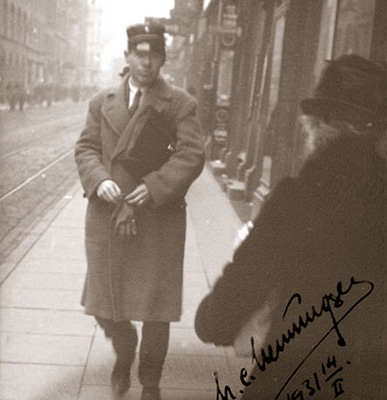
After a long, persistent struggle and strong unity among the citizens of Aarhus, university education finally opened its doors.
‘University Teaching in Jutland’ started up with 78 students in rented premises, where they were taught French, English, German, Danish and introductory philosophy.
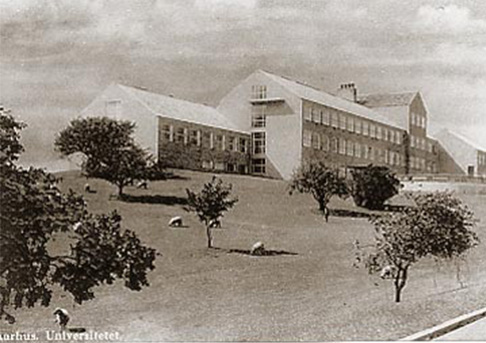
On 11 September 1933, King Christian X inaugurated the first university building. The building was designed by Kay Fisker and C. F. Møller, and its design became the template for the buildings in the University Park.
In 1934, the grass surrounding the building was grazed by 20 sheep. However, this solution turned out to be less than ideal, because the sheep ate the shoots on the young oak trees and distracted the students by bleating. But the last straw was when a ram attacked its own mirror image in one of the building’s large windows.
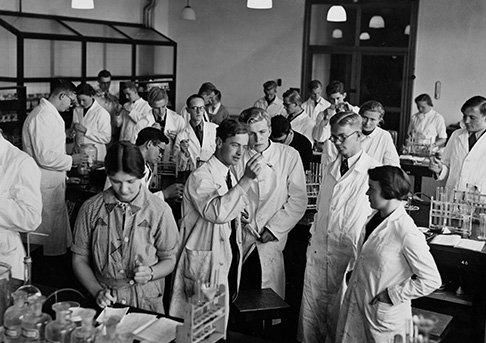
Five faculties were established in the period 1935-1942: Humanities, Medicine, Economics, Law (later Social Sciences) and Theology.
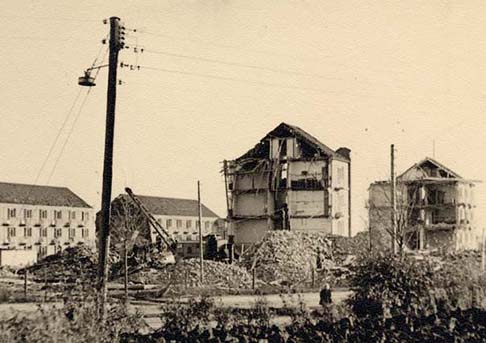
During the German occupation of Denmark, the occupying forces took over residence halls 4 and 5. The buildings were used as the headquarters of the Gestapo.
On 31 October 1944, to aid of the Danish resistance, the British air force carried out an air strike on the residence hall. The attack was successful, but tragically, nine workers and the woman who ran the university shop lost their lives during the attack.
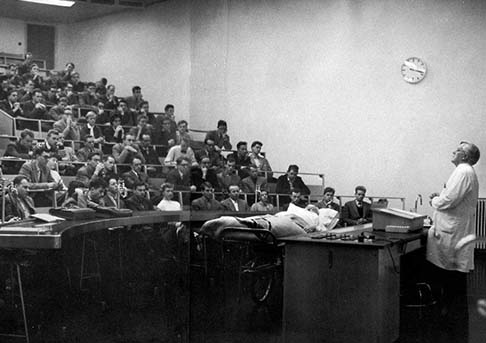
The student population at AU grew from 5,000 in 1965 to 15,000 in 1977.
The photo is from a lecture at the Department of Clinical Medicine.
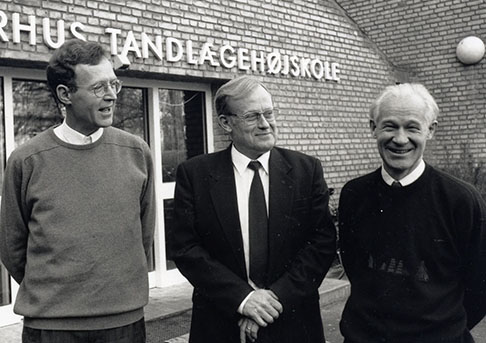
In 1992, the Aarhus College of Dentistry merged with the Faculty of Medical Sciences and the faculty changed its name to the Faculty of Health Sciences.
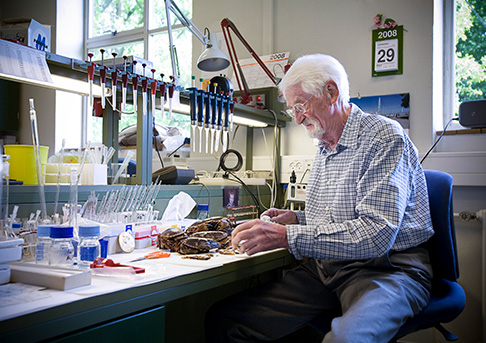
Professor Jens Christian Skou received the Nobel Prize in Chemistry in 1997. In 2018, the Department of Biomedicine’s new state-of-the-art research facility is named after Jens Christian Skou.

The Institute of Business and Technology in Herning (HIH), the Aarhus School of Business, the Danish Institute of Agricultural Sciences, the National Environmental Research Institute and the Danish University of Education (DPU) all merge with AU. The university now has about 34,000 students and 9,000 employees.

Dale T. Mortensen, visiting professor at the Department of Economics and Business Economics, is awarded the Nobel Prize in Economic Sciences in 2010. The new Dale T. Mortensen Building, which houses the International Centre, is named after the Nobel Prize winner.
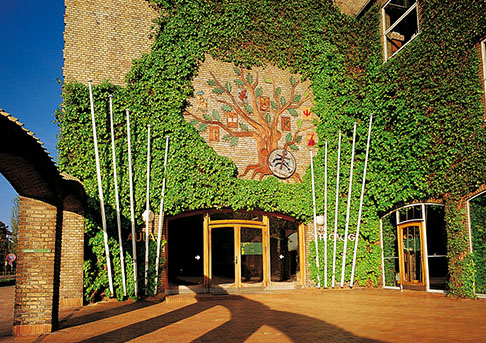
In 2011, AU undergoes a major reorganisation. The number of faculties is reduced from nine to four: Arts; Science and Technology; Health; and Business and Social Sciences.
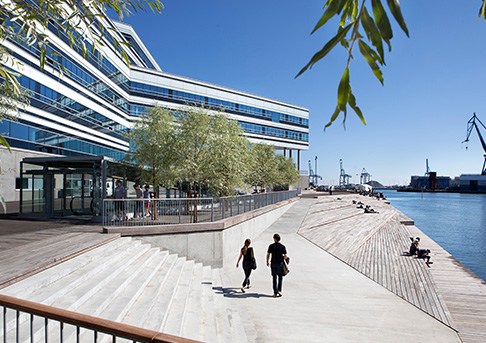
After many years of close collaboration, the Aarhus University School of Engineering in Aarhus merged with AU, and is today housed in the Navitas building on the harbour.
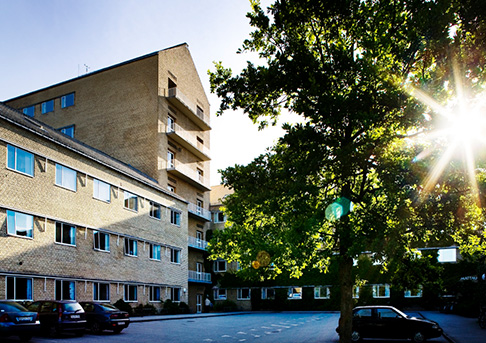
From four to five faculties
In January 2020, the Faculty of Science and Technology – AU’s largest – was split into two faculties: Technical Sciences and Natural Sciences.
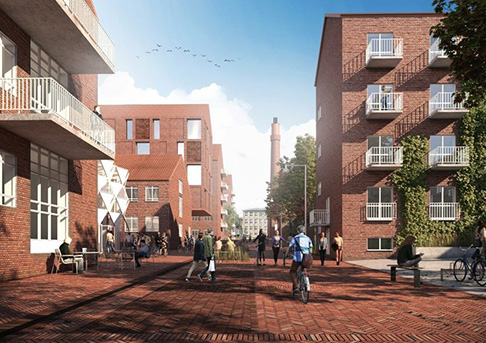
In 2019, the property management company Forskningsfondens Ejendomsselskab A/S acquired a large property (formerly the municipal hospital) adjacent to the University Park; AU is leasing these buildings from the property management company.
This expansion has given AU an opportunity to consolidate and strengthen a variety of degree programmes and research activities in downtown Aarhus, which will create a more closely integrated campus environment. The renovation of the property is underway, and is expected to be completed by 2025.
A brief history of Aarhus University Historical overview - important dates Soundslide
If you wish to know more about Aarhus University from the foundation in 1928 to today - check out AUhist.au.dk